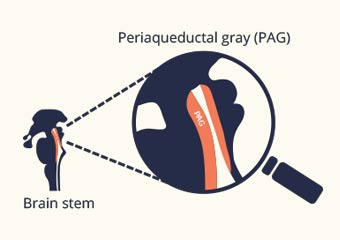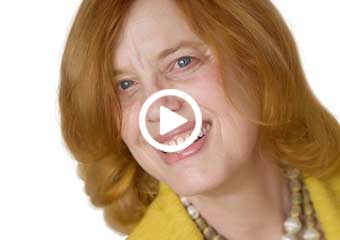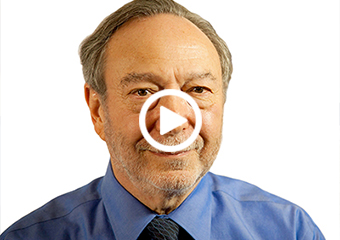After trauma, our clients are often left with many painful sensations and emotions . . . . . . including shame and guilt. And that’s especially true if they weren’t able to protect themselves or escape. That’s why it can be so useful to help our clients understand how their brain and body did work […]
How to Integrate the Brain and Prevent Dissociation After Trauma
Trauma affects nearly every area of a person’s brain. Not only that, but trauma disrupts the connections in the brain. And when the brain isn’t integrated, it impacts the nervous system and the entire body. So how can we work with clients to repair integration after trauma? In the video clip below, Pat Ogden, PhD […]
Polyvagal Theory in Action – How Heart Rate Figures Into Trauma Treatments
How can the body become a resource for a patient who’s experienced trauma? Polyvagal Theory helps us answer this question by explaining how people process their environment and how the body regulates itself in the face of stress and trauma. Watch the video below as Stephen Porges, PhD shares one way to apply Polyvagal Theory […]
How to Use the Wisdom of the Body to Heal Trauma – with Pat Ogden, PhD
You may have heard that if you put on a happy face, you’ll actually start to feel better. But did you know that the physical patterns of our body not only reflect how we’re feeling inside but can actually cause those feelings? When it comes to working with trauma patients, noticing patterns and changes in […]
An Exercise to Boost the Brain’s Natural Anti-Anxiety Drug?
Is there an exercise that can boost feel-good chemicals in your brain while reducing anxiety and improving your mood? The answer is yes – it’s yoga. Now yoga isn’t the only exercise that’s been shown to be effective in reducing anxiety, but Chris Streeter, MD and her colleagues from the Boston University School of Medicine […]




